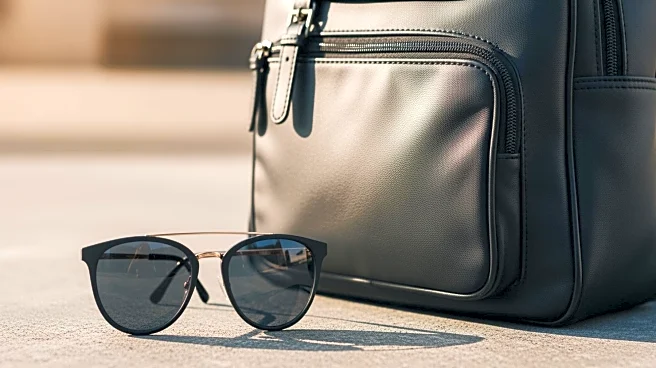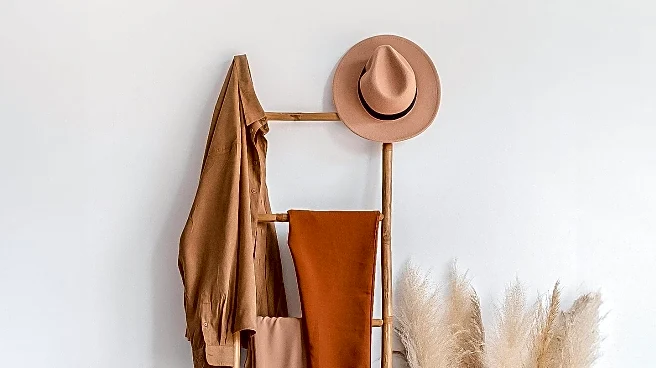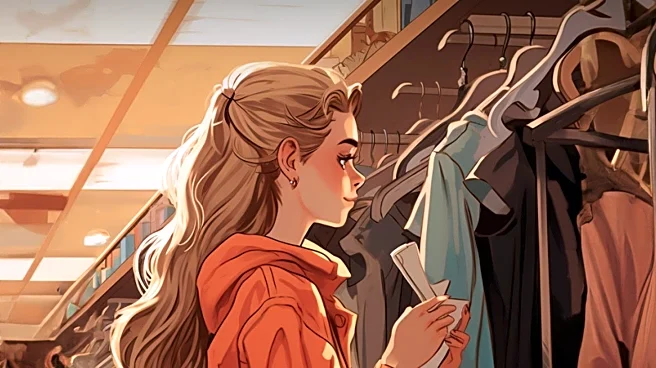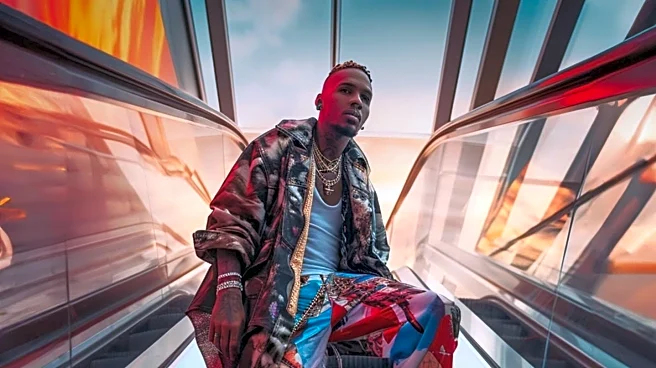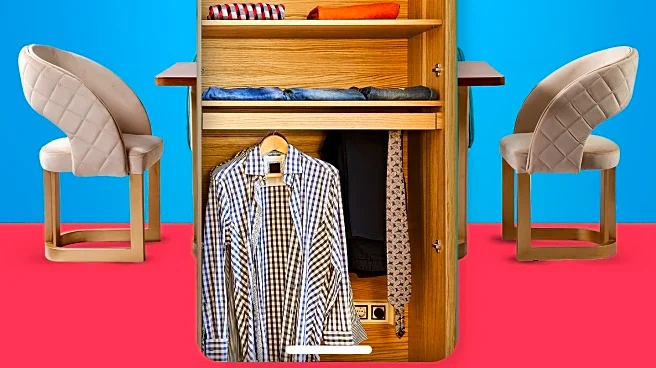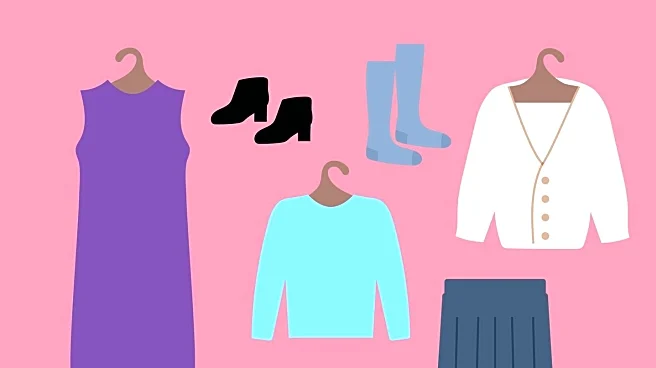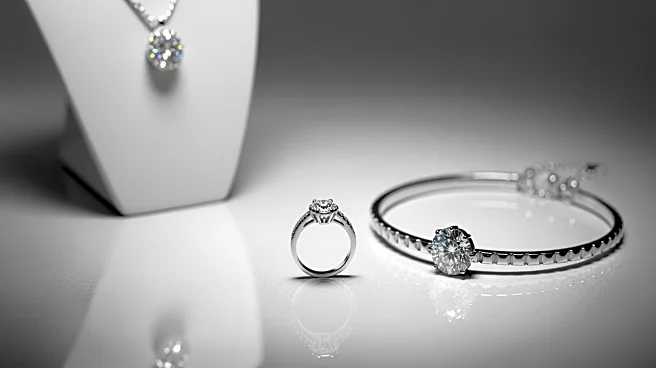What's Happening?
The accessories market is experiencing a surge in sales, driven largely by Gen Z's desire for personal style and customization. With apparel prices increasing, accessories such as colorful charms, rings,
and handbags offer affordable entry points into brands and act as 'little luxuries.' Retailers are responding by expanding their assortments of small leather goods and styling e-commerce shoots with accessories to encourage add-on purchases. The trend reflects a shift towards using accessories as core elements of personal style, rather than mere finishing touches.
Why It's Important?
The boom in accessories sales highlights a significant shift in consumer behavior, particularly among Gen Z, who prioritize individuality and personal expression. As apparel prices rise, accessories provide a cost-effective way for consumers to enhance their wardrobes and express their unique style. This trend benefits both luxury brands and independent makers, as consumers seek distinctive and customizable options. The focus on accessories as essential wardrobe elements may lead to long-term changes in fashion retail strategies, emphasizing the importance of personalization and affordability.
What's Next?
As the accessories trend continues to grow, retailers and brands may further expand their offerings to cater to consumer demand for unique and customizable products. The popularity of accessories could lead to increased collaborations between brands and independent designers, fostering innovation and diversity in the market. Additionally, the trend may influence broader fashion industry practices, encouraging brands to prioritize personalization and affordability in their product lines. The ongoing interest in accessories suggests a lasting impact on consumer shopping habits and fashion retail strategies.
Beyond the Headlines
The rise of accessories as key fashion elements reflects a broader cultural shift towards individuality and self-expression. Gen Z's influence on the market underscores the importance of catering to diverse consumer preferences and the desire for unique, personalized products. This trend also highlights the role of social media in shaping consumer behavior, as platforms like Instagram and TikTok drive interest in accessories and personal style. As consumers continue to seek ways to express their individuality, the fashion industry may increasingly focus on customization and personalization as core business strategies.
